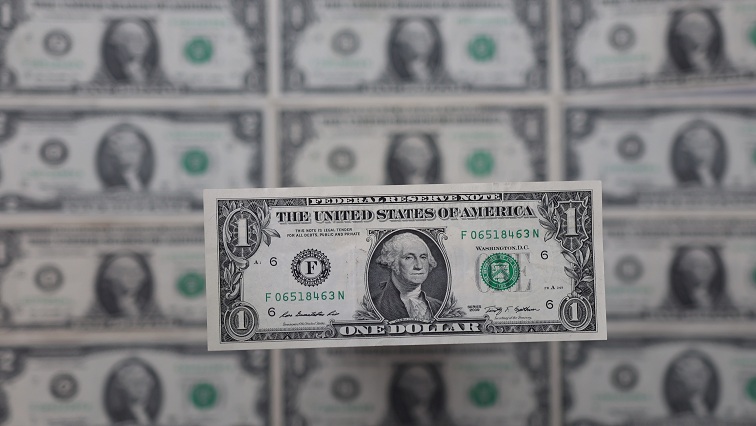The dollar rose to a fresh 24-year high against the yen on Wednesday, moving above levels that prompted intervention by Japanese officials last month, as traders braced for US inflation data and its impact on further Federal Reserve rate hikes.
Sterling slipped to a new two-week trough after Bank of England Governor Andrew Bailey reiterated that the central bank will end its emergency bond-buying program on Friday and told pension fund managers to finish rebalancing their positions within that time frame.
The risk-sensitive Australian dollar sank to a 2 1/2-year low.
The dollar strengthened 0.3% to 146.30 yen in Asian trading, after pushing as high as 146.35, a level not seen since August 1998.
The Japanese currency is particularly sensitive to the gap between US and Japanese long-term bond yields.
The benchmark 10-year Treasury yield jumped to the cusp of a 14-year high overnight at 4.006%, while the equivalent Japanese government bond yield is pinned near zero by the Bank of Japan.
Japanese officials staged their first yen-buying intervention since 1998 on September 22, when the yen tumbled to as low as 145.90 per dollar.
Japanese Finance Minister Shunichi Suzuki said on Wednesday that authorities will take necessary steps in the foreign exchange market if needed, adding that what was important was the speed of currency movements, Jiji Press news agency reported.
“It is the speed of change rather than the level that will trigger FX intervention, (meaning) USD/JPY may rise past its pre-intervention of 145.9 without triggering the BoJ to step in if the rise occurs gradually,” Joseph Capurso, a currency strategist at Commonwealth Bank of Australia, wrote in a client note.
At the same time, the US consumer price report on Thursday could trigger the kind of sharp move that would prompt another intervention, Capurso added, “but we maintain any intervention-induced moves in USD/JPY will be unwound within a few weeks.”
The Fed has signalled it will continue its aggressive tightening campaign to rein in inflation, and recent strong US labour market reports have scuppered hopes among some market participants that policymakers may slow the pace of rate hikes.
Cleveland Fed President Loretta Mester backed that view on Tuesday, saying the US central bank has yet to get surging inflation under control and will need to press forward with rate hikes.
The US dollar index – which measures the greenback against a basket of six major peers, including the yen, sterling and the euro – edged 0.16% higher to 113.52, after touching the highest since September 29 at 113.54.
Sterling slipped 0.13% to $1.0947, and earlier touched $1.09385, marking a fresh low since September 29, following the comments by the BoE governor.
Gilt yields soared on Tuesday, lifting yields in the US and elsewhere.
The euro slumped to its weakest since September 29 overnight at $0.9670 and remained not far from that level, trading 0.17% lower than Tuesday’s close at $0.96885.
Worries that continued aggressive policy tightening by the Fed and most of its peers will lead the global economy into recession continues to weigh on risk sentiment.
Investors will be seeking for further clues when inflation data for September is released on Wednesday for prices that sellers get for their products, and on Thursday for prices consumers pay for purchases.
The Aussie sank as low as $0.62395, a level last seen in April 2020, and last traded 0.5% weaker at $0.62415.
The New Zealand dollar was 0.21% lower at $0.5570, approaching the previous day’s low of $0.5536, a level not visited since March 2020.


